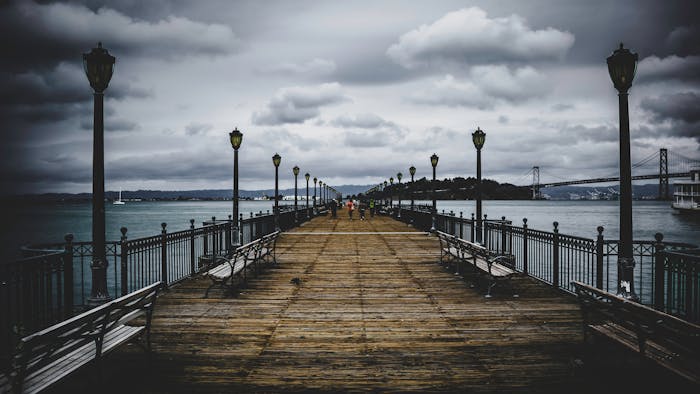Participation + Action + Education Toolkit
Throughout the collaborative design process, teams developed tools and events to creatively engage communities, raise awareness about climate resilience, and garner input used to develop the final design concepts.
The Participation + Action + Education Toolkit catalogues tools developed throughout the Bay Area Challenge. It’s designed for people who want to creatively engage their communities in planning for a resilient future. Whether you’re an educator, a park ranger, or community member, hopefully this toolkit inspires you to start conversations within your communities on planning for a rising bay. Essential to the success of these tools is putting race, ethnicity, gender at the forefront of the process to develop equitable practices.
View the Connecting People to Climate Risks: Participation + Action + Education Toolkit here.

 03 Good Health and Well-being
03 Good Health and Well-being
 09 Industry, Innovation and Infrastructure
09 Industry, Innovation and Infrastructure
 11 Sustainable Cities and Communities
11 Sustainable Cities and Communities
 13 Climate Action
13 Climate Action